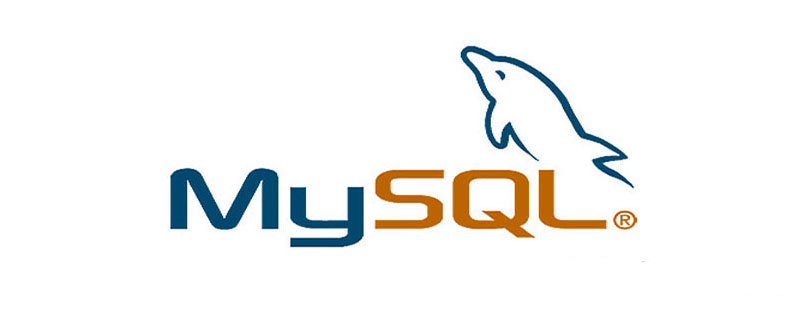

I have been looking for a job recently, so I have been interviewing. During the interview process, I exposed many of my shortcomings, and I have been summarizing and summarizing. Perhaps most interviewers will ask questions about MySQL such as database optimization, master-slave replication, indexes, engines, etc. So what strikes me most is what is the difference between int (10) and int (11). This seems to be the most basic question, and I never seem to care about it. I was a little confused at the time, what’s the difference? have no idea! have not thought!
After returning home, I quickly reviewed the knowledge about mysql data types. A few words about integer types.
Integer data type in mysql
| Data type | Description | Storage requirements |
|---|---|---|
| tinyint | Tiny integer | 1 byte |
| smallint | Small integer | 2 bytes |
| mediumint | Medium integer | 3 bytes |
| int(integer) | Normal size integer | 4 bytes |
| bigint | Big integer | 8 Bytes |
Value range of different types
| Data type | Signed | Unsigned |
|---|---|---|
| -128~127 | 0~ 255 | |
| -32768~32767 | 0~65535 | |
| -8388608~8388607 | 0~16777215 | |
| -2147483648~2147483647 | 0~4294967295 | |
| -9223372036854775808~9223372036854775807 | 0~18446744073709551615 |
| smallint | |
| ##mediumint | |
| int(integer) | |
| ##bigint | 20 |
| * Because the negative sign occupies one digit, the width of each type is the maximum value of 1 digit. For example, the maximum number of digits for tinyint is 3, plus the negative sign, so the display width is 4. |
mysql> insert into test_integer (test_id_1,test_id_2) values (-128,-128), (1,1), (127,127); Query OK, 3 rows affected (0.00 sec) Records: 3 Duplicates: 0 Warnings: 0
mysql> select * from test_integer; +----+-----------+-----------+ | id | test_id_1 | test_id_2 | +----+-----------+-----------+ | 1 | -128 | -128 | | 2 | 1 | 1 | | 3 | 127 | 127 | +----+-----------+-----------+ 3 rows in set (0.00 sec)
PHP Tutorial
"The above is the detailed content of The difference between int (10) and int (11) in MySQL. For more information, please follow other related articles on the PHP Chinese website!